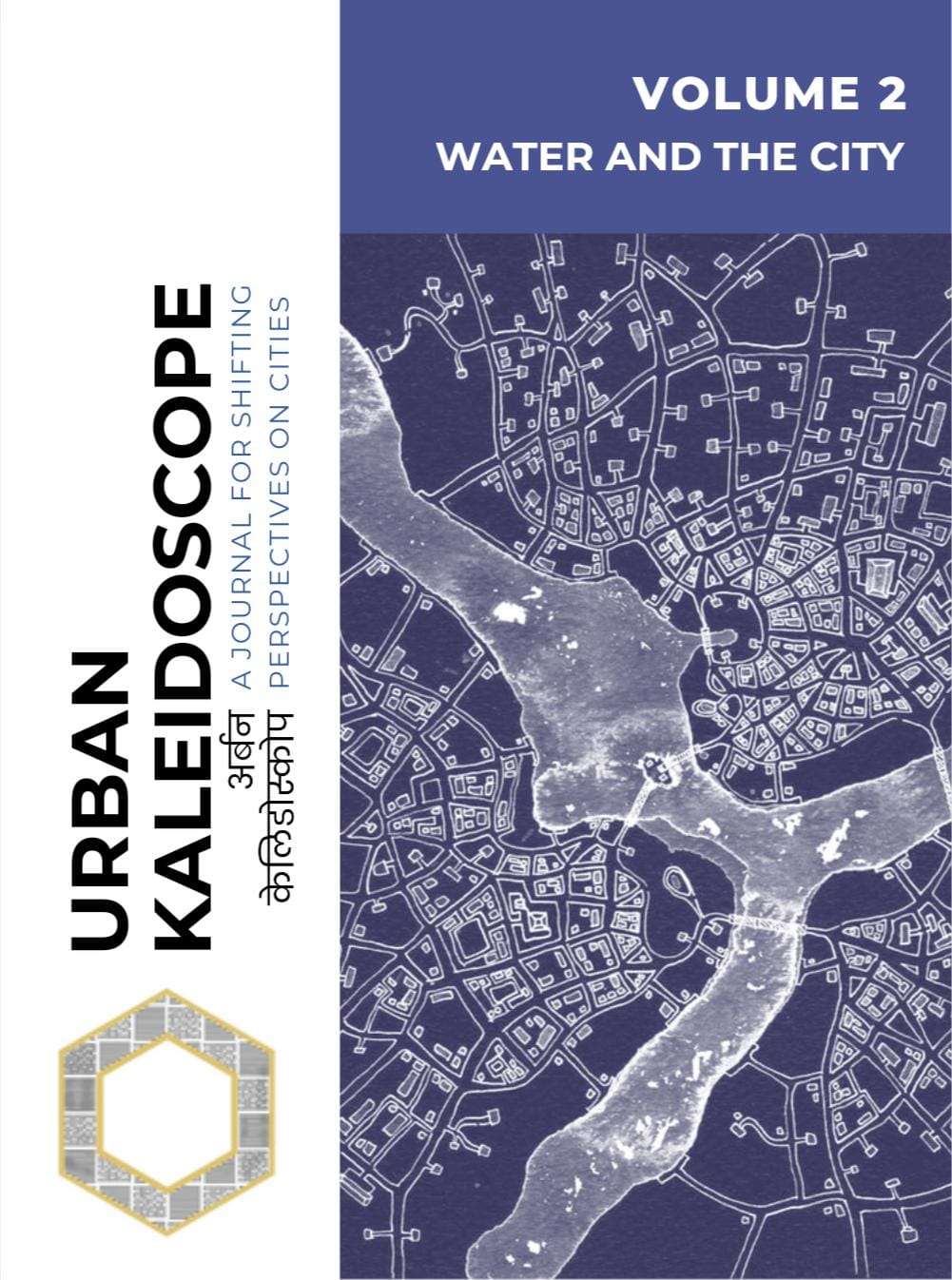Editorial
In this edition, we delve into the intricate relationship between cities and water, uncovering how water sources, flooding, and water management have shaped the very fabric of urban life. We aim to provide a forum for citizens, activists, students, academicians, and researchers to share their experiences, insights, and imaginations related to water in urban environments. Water is not only a precious resource but also a dynamic force that influences urban planning, development, and resilience. Today, urban centres around the world are facing unprecedented water-related challenges, including climate change-induced floods, submerged towns, heavy rainfall, landslides, and issues concerning drainage and sewage systems. The effective management of water resources is critical to city planning, including water bodies, rivers, riverfronts, lakes, wetlands, and pipes. The articles in this journal aim to build an understanding of how residents of cities navigate water accessibility in an environment of water scarcity and aggressive urban planning.
During the call, various articles from both academics and practitioners were considered. One of the articles, titled “Urban Waterbodies and the Question of Accessibility” by Dr. Anchal Kumari, discussed how socioeconomic factors such as caste and class can impact access to water bodies. The article highlighted the fact that water conservation efforts often ignore the needs of communities that rely on these water bodies for their livelihoods, which can lead to the destruction of their way of life. Unfortunately, this is a common practice in urban development in India. In addition, the article “From the Ghats: Role and Resilience of Delhi’s Divers” by Vibhuthi Bhardwaj emphasized the importance of the gotakhors, who rely on the Yamuna river for their livelihoods, in cleaning and maintaining the river. Vibhuthi conducted semi-structured interviews with the gotakhors to support her argument. However, state planning is intentionally restricting activities on the floodplains, which is negatively impacting the livelihoods of the gotakhors.
The article titled “Pipes as a Means to the City” by Ipshita Karmakar, drawing from her fieldwork in Mumbai highlights how residents navigate water accessibility in the water-abundant context of Mumbai. Focusing on the slums of Mumbai which have been denied access to water because of the modern practice of water supply that provides water to those who possess ownership documents. The article provides new evidence that the pipes of water supply usually pass through the slums and the leakage in these gargantuan pipes helps slum residents fulfil their water ends. Against this backdrop of water supply in metropolitan cities, the article by Sidhant Kumar titled “Factors Influencing the Access to Water Supply in Unauthorised Colonies of Delhi” focuses on the unplanned colonies in Delhi that have housed more than half of the population of Delhi. The article sheds light on how due to the state incapacity in these colonies informal organisations of politicians, RWAs and mediators govern the access to water in these colonies. Furthermore, the article provides insights into the unequal distribution of water in Delhi as the planned colonies with a negative growth rate get more water than the unplanned colonies with a staggering population growth rate.
In the article titled “Water Cultures in India: A Case of Panchavati Ghat, Nashik” by Tanvi Deshpande Phatak notes how people’s cultures are connected to water. The article invokes the concept of the sense of place which the article points out is based on memory, visuals and experience. Religious practices including temples and rituals are the core of this relationship with water that forms the enmeshed culture.
Furthermore, the piece by Madhuri Subbarao titled “The Story of Bengaluru’s Confused Lakes: A Call to Action for Sustainable Lake Conservation”. The article highlights the importance of a collaborative approach that involves government bodies, the general public, NGOs and other concerned entities to address the common concerns among citizens. The citizens are eager to save their lakes but lack guidance on effective action. While acknowledging the prevalent issues like garbage dumping, encroachment, and declining water quality, the article urges readers to move beyond mere complaints and take proactive measures.
We hope the articles will generate a concerned debate on the issue of water in the city and how its access is varied. We also hope some of the debates might find their way into policy deliberation and making.
Rajendra Ravi
Sidhant Kumar.
Urban Kaleidoscope: Water and City, Volume 2
Contents
Urban Waterbodies and the Question of Accessibility Dr Anchal Kumari
From the Ghats: Role and Resilience of Delhi’s Divers Vibhuthi Bhardwaj
Pipes as a Means to the City Ipshita Karmakar
Factors Influencing the Access to Water Supply in Unauthorised Colonies of Delhi Sidhant Kumar
Water Cultures in India: A case of Panchavati Ghat, Nashik Tanvi Deshpande Phatak
The story of Bengaluru’s confused Lakes: A Call to action for sustainable Lake Conservation Madhuri Subbarao
Illustration Basundhara

